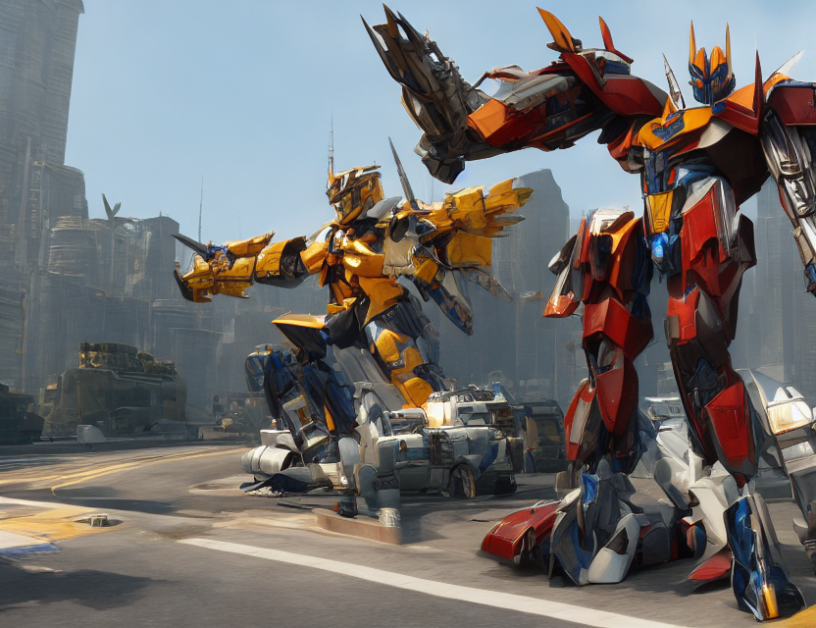Imagine you have a magic wand that can turn any text into a vivid image! Cogview is a revolutionary AI model that makes this possible by harnessing the power of transformers, a type of neural network. In this article, we’ll delve into how Cogview masters text-to-image generation and the amazing possibilities it opens up.
Section 1: The Problem of Text-to-Image Synthesis
Before diving into Cogview, let’s understand the challenge of generating images from text. Imagine you want to create an image of a cat. You could try describing the cat’s appearance using words like "fluffy," "black," and "white." However, simply combining these words doesn’t result in a clear image. This is because the relationship between text and images is complex, and the meaning of each word can vary depending on context.
Section 2: Cogview: The Transformer-Based Solution
Cogview addresses this challenge by leveraging transformers, which are neural networks designed to handle sequential data like text. Transformers use self-attention mechanisms to analyze the relationships between different words in a sentence and generate an image that captures the intended meaning. This approach allows Cogview to create images that are not only visually appealing but also semantically consistent with the input text.
Section 3: Key Components of Cogview
Now, let’s take a closer look at the components of Cogview and how they work together to generate images from text:
- Text Encoder: This component converts the input text into a continuous representation that can be fed into the transformer.
- Transformer Encoder: This encoder uses self-attention mechanisms to analyze the relationships between different words in the text and generate an image representation.
- Image Decoder: This decoder takes the image representation generated by the transformer encoder and produces a final output image.
Section 4: Applications of Cogview
The possibilities with Cogview are endless! Imagine being able to generate images of objects, scenes, or even characters based on just a few words of text. This technology has immense potential in various fields, including entertainment, advertising, and education.
Section 5: Future Directions
As transformer-based models continue to advance, we can expect even more impressive feats in text-to-image generation. The authors suggest several future directions for Cogview, including incorporating additional modalities like audio or video and improving the model’s ability to generate diverse images that cover a wide range of styles and genres.
Conclusion
In conclusion, Cogview is a groundbreaking AI model that leverages transformers to master text-to-image generation. By demystifying complex concepts and using engaging analogies, we’ve been able to provide a concise summary of the article without oversimplifying its essence. Whether you’re an AI enthusiast or just curious about the latest advancements in tech, Cogview is sure to inspire wonder and excitement!



